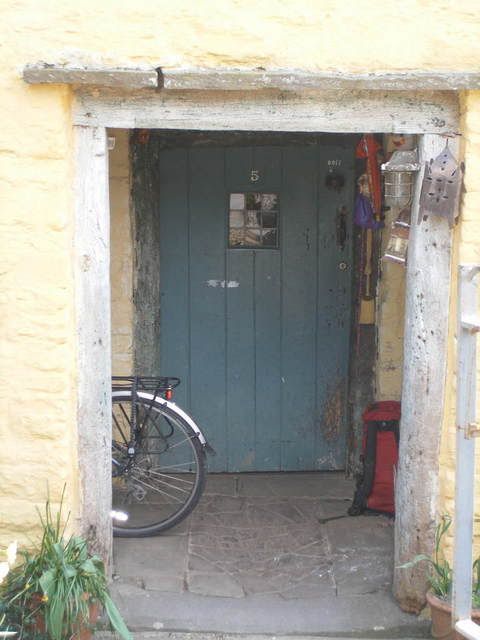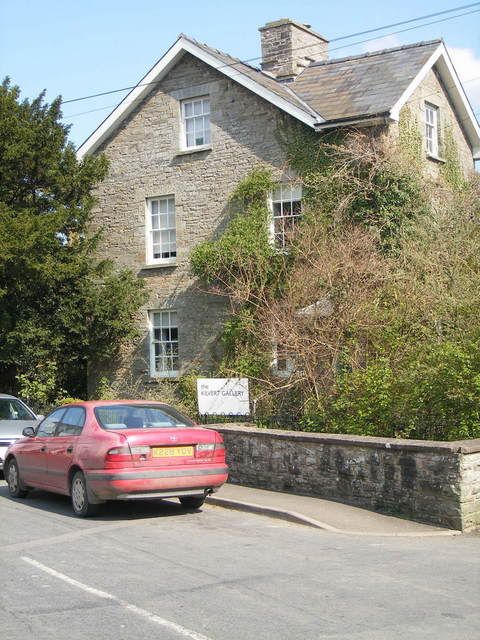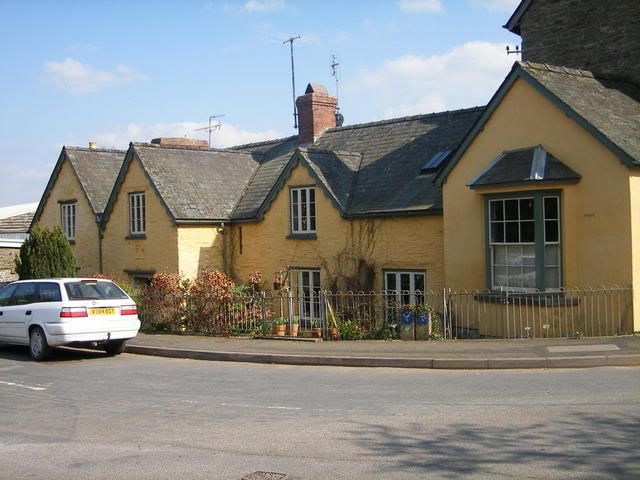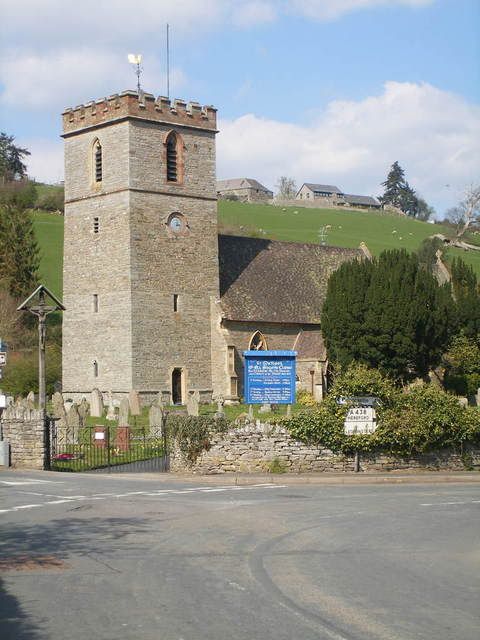
On the Creative Living forum I belong to, some of us have been participating in a quilt block swop for several months now. For February the choice is mine. I have asked for an applique block - View From a Cottage Window. Here is the block I made last year, when it was going to be part of a charity quilt on another forum, but that idea folded. Once again, this is executed with enthuasiam rather than skill, but I really enjoyed making it, especially the embroidered flowers. It took about 30 hours to sew up. I am looking forward to other people's interpretation of the title and of course, not expecting embroidery unless someone particularly wishes to add some. The finished article will probably be a wall hanging rather than an actual bed quilt.
There is a slight story behind this picture. We lived in Dorset before moving here. I did a lot of travelling around Dorset, helping a friend with her show horses, and also travelled down to my beloved Dartmoor many times, passing this very hill. The hill in the background is a real one, with a few pine trees planted on the top. It's near Bridport, on the right as you are driving down to Devon. If I remember rightly, the trees were planted to act as a landmark to sailors out at sea, though I have a slight feeling it had a connection with smugglers , but I am probably confusing this with tales of Isaac Gulliver from further up the coast.
Bridport is connected with ropemaking and the main street is wonderfully wide - supposedly to help with the measuring of the ropes (as in "ropewalks"). It used to grow its own flax and in 1895 there were three flax mills there and indeed these were still there at the outbreak of World War II. King John ordered ship's cables from here, and in the days when men were hung for even modest crimes, they were said to have "been stabbed by a Bridport dagger".
Bridport is also connected with the escape of Charles Stuart's son following the Battle of Worcester. The future Charles II arrived in Dorset with a price of £1000 on his head, and for four days he holed up with friends near Sherborne, whilst working on plans to escape to France from Charmouth. He was to pretend to be the groom in a runaway marriage party; Juliana Coningsby was the bride. Whilst they reached Charmouth safely , the boatman who had sworn to take them to France for the princely sum of £60 had been stopped by his wife. Charles II's part, which included Colonel Wyndham and Lord Wilmot, made their way to Bridport, but found it full of Cromwell's men. "Charles attended to the horses in the yard of the inn, and an ostler came up to him, saying: "Surely I know you, friend?" The groom's heart went into his boots, but he kept his head and asked where the ostler had been working before. When the man said in Exeter, the "groom" replied, "Aye, that is where we must have met," and excused himself by saying that he must attend to his people. Bridport was so thick with dangers, that they left and were soon galloping down a lane towards Dorchester, and at the corner of the lane is still a notice on a stone saying that Charles the Second escaped capture throuh this lane. In a few weeks Charles landed in Normandy, having been a fugitive for 41 days." (Taken from The King's England: Dorset, by Arthur Mee.)


















































